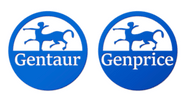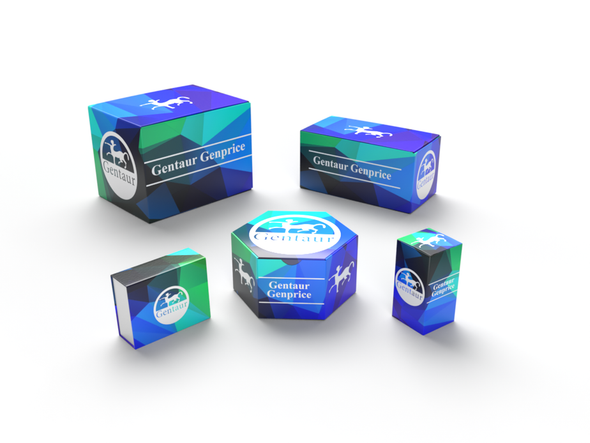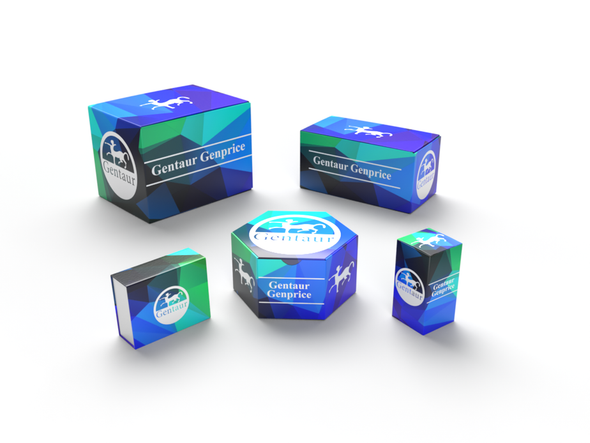Description
NFkB p105 / p50 (phospho Ser927) Antibody | 79-234 | Gentaur UK, US & Europe Distribution
Host: Rabbit
Reactivity: Human, Mouse, Rat
Homology: N/A
Immunogen: NFkB-p105/p50 (Phospho-Ser927) antibody was raised against a peptide sequence around phosphorylation site of serine 927 (C-D-S (p) -G-V) derived from Human NFκB-p105.
Research Area: Phospho-Specific, Apoptosis, Cancer
Tested Application: WB, IHC, IF
Application: Western Blot: 1:500~1:1000, Immunohistochemistry: 1:50~1:100, Immunofluorescence: 1:100~1:200
Specificiy: This antibody detects endogenous level of NFκB-p105/p50 only when phosphorylated at serine 927.
Positive Control 1: N/A
Positive Control 2: N/A
Positive Control 3: N/A
Positive Control 4: N/A
Positive Control 5: N/A
Positive Control 6: N/A
Molecular Weight: 50, 120 kDa
Validation: N/A
Isoform: N/A
Purification: Antibodies were purified by affinity-chromatography using epitope-specific phosphopeptide. Non-phospho specific antibodies were removed by chromatogramphy using non-phosphopeptide.
Clonality: Polyclonal
Clone: N/A
Isotype: N/A
Conjugate: Unconjugated
Physical State: Liquid
Buffer: Antibody supplied in phosphate buffered saline (without Mg2+ and Ca2+) , pH 7.4, 150mM NaCl, 0.02% sodium azide and 50% glycerol.
Concentration: 1 mg/mL
Storage Condition: Store antibody at -20˚C for up to one year.
Alternate Name: p50, KBF1, p105, EBP-1, NF-kB1, NFKB-p50, NFkappaB, NF-kappaB, NFKB-p105, NF-kappa-B, SHC, SHCA, DNA-binding factor KBF1, NF-kappa-B1 p84/NF-kappa-B1 p98, NFKB1, NFkB-p50
User Note: N/A
BACKGROUND: NF-κ-B is a pleiotropic transcription factor which is present in almost all cell types and is involved in many biological processed such as inflammation, immunity, differentiation, cell growth, tumorigenesis and apoptosis. NF-κ-B is a homo- or heterodimeric complex formed by the Rel-like domain-containing proteins RELA/p65, RELB, NFKB1/p105, NFKB1/p50, REL and NFKB2/p52 and the heterodimeric p65-p50 complex appears to be most abundant one. The dimers bind at kappa-B sites in the DNA of their target genes and the individual dimers have distinct preferences for different kappa-B sites that they can bind with distinguishable affinity and specificity. Different dimer combinations act as transcriptional activators or repressors, respectively.






